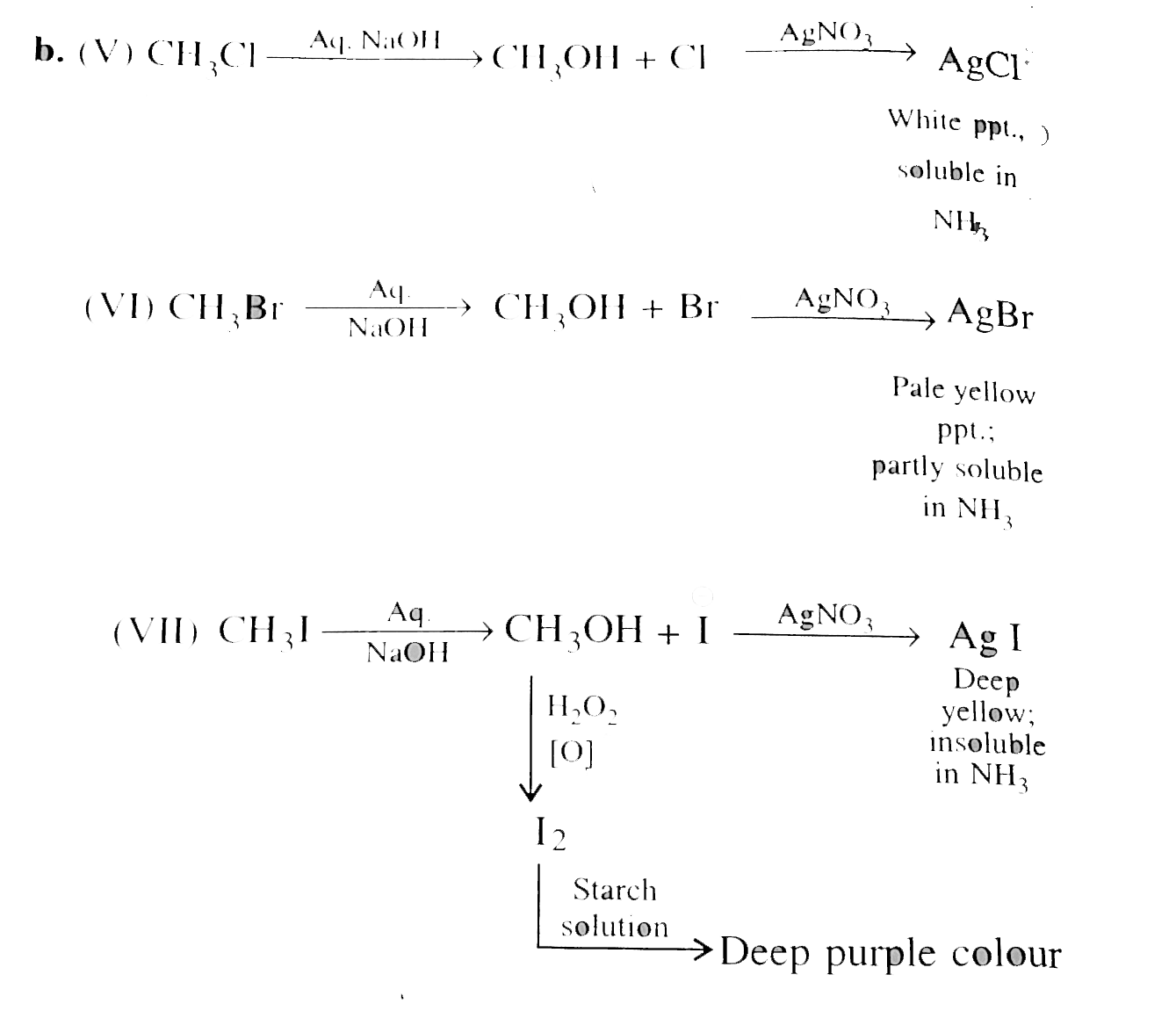Examples are vinyl chloride vinyl fluoride vinyl acetate vinylidene and vinylene.
Difference between allyl chloride and vinyl chloride.
Allyl groups have three carbon atoms and five hydrogen atoms.
The molecular formula of the ally carbon group is rch2ch ch2 while that of the vinyl group is rch ch2.
In vinyl chloride cl is linked with sp2 hybridized carbon whereas in allyl chloride cl is linked with the sp3 hybridized carbon as sp2 hybridized carbon is more electronegative then sp3 hybridized cl can more easily attract the bonded electrons from sp3 carbon and therefore is more reactive.
Difference between allyl and vinyl in tabular form.
Vinyl has many other uses because of its ability to be combined with various additives and modifiers.
Most of vinyl derivatives are used in polymer industry.
Core differences between allyl and vinyl in point form.
The number of carbon and hydrogen in the ally group are three carbon atoms and five hydrogen atoms whereas that of the vinyl group is two carbon atoms and three hydrogen atoms.
Key difference allyl vs vinyl both allyl and vinyl groups have slightly similar structures with a small variation.
Both groups own a double bond between two carbon atoms where all the other atoms are bonded through single bonds.
The key difference between allyl chloride and vinyl chloride is that ally chloride contains its chlorine atom bonded to the carbon atom that is adjacent to the double bond whereas vinyl chloride contains its chlorine atom bonded to one of the two carbon atoms in the double bond.

